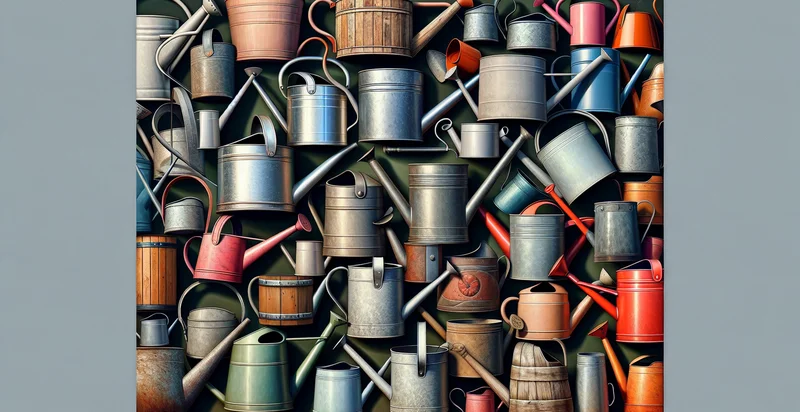Identify what material a locket is made from
using AI
Below is a free classifier to identify what material a locket is made from. Just upload your image, and our AI will predict what material a locket is made from - in just seconds.

Contact us for API access
Or, use Nyckel to build highly-accurate custom classifiers in just minutes. No PhD required.
Get started
import nyckel
credentials = nyckel.Credentials("YOUR_CLIENT_ID", "YOUR_CLIENT_SECRET")
nyckel.invoke("what-material-a-locket-is-made-from", "your_image_url", credentials)
fetch('https://www.nyckel.com/v1/functions/what-material-a-locket-is-made-from/invoke', {
method: 'POST',
headers: {
'Authorization': 'Bearer ' + 'YOUR_BEARER_TOKEN',
'Content-Type': 'application/json',
},
body: JSON.stringify(
{"data": "your_image_url"}
)
})
.then(response => response.json())
.then(data => console.log(data));
curl -X POST \
-H "Content-Type: application/json" \
-H "Authorization: Bearer YOUR_BEARER_TOKEN" \
-d '{"data": "your_image_url"}' \
https://www.nyckel.com/v1/functions/what-material-a-locket-is-made-from/invoke
How this classifier works
To start, upload your image. Our AI tool will then predict what material a locket is made from.
This pretrained image model uses a Nyckel-created dataset and has 18 labels, including Acrylic, Aluminum, Brass, Bronze, Ceramic, Copper, Enamel, Gemstone, Glass and Gold.
We'll also show a confidence score (the higher the number, the more confident the AI model is around what material a locket is made from).
Whether you're just curious or building what material a locket is made from detection into your application, we hope our classifier proves helpful.
Related Classifiers
Need to identify what material a locket is made from at scale?
Get API or Zapier access to this classifier for free. It's perfect for:
- Material Authentication: The false image classification function can help jewelers and retailers accurately identify the materials used in lockets. By analyzing images of the products, businesses can ensure they are selling genuine products and avoid misrepresentation to customers.
- Inventory Management: Retailers can utilize this functionality to categorize locket inventory by material type. This can streamline stock management, enabling businesses to quickly identify which materials are over-stocked or underrepresented in their offerings.
- Quality Control: Manufacturers can implement the false image classification function in their quality assurance processes. By verifying the material composition of lockets during production, they can ensure that each piece meets the desired specifications and standards.
- Customer Verification: E-commerce platforms can integrate this function to provide customers with real-time verification of locket materials. This enhances the shopping experience by building trust and transparency between sellers and buyers.
- Market Analysis: Businesses can leverage the classification function to analyze trends in locket materials within the market. By understanding which materials are more popular, they can make informed decisions about future collections and designs.
- Sustainability Tracking: Companies can use the false image classification function to assess the sustainability of the materials used in their lockets. This data can be used for marketing purposes, aligning the brand with eco-conscious consumers by highlighting the use of sustainable materials.
- Insurance Valuation: Insurance companies can use the material classification to determine the value of lockets for policy underwriting. Accurate identification of materials helps in assessing the worth of jewelry, ensuring fair coverage and claims processing.


